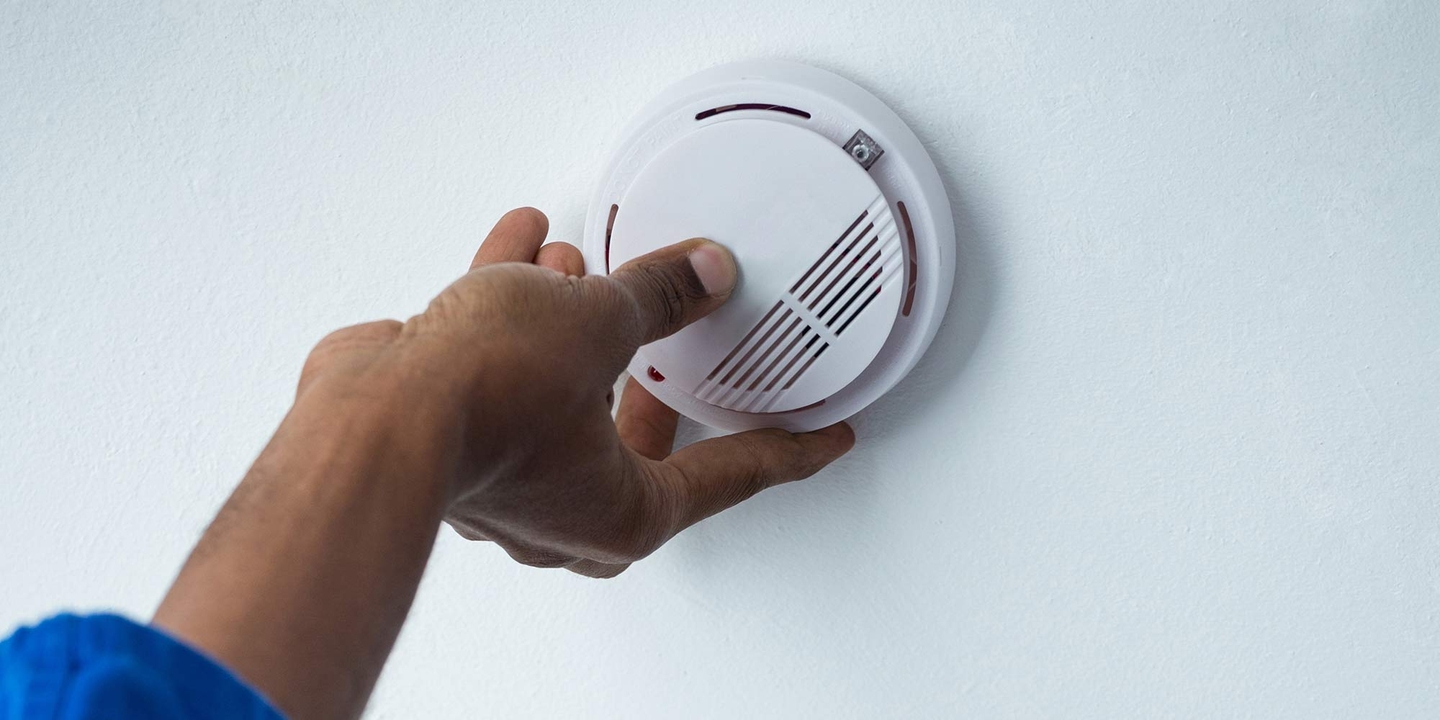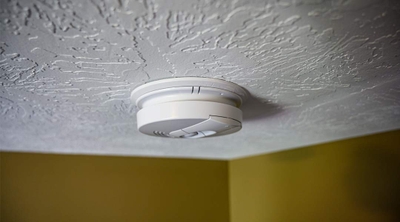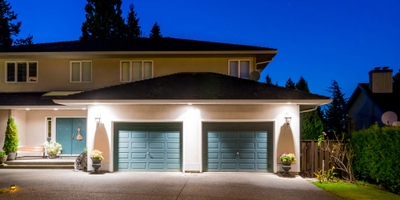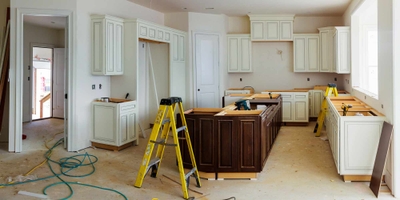Smoke detector safety tips
4 min read
Installing and maintaining smoke detectors is a crucial safety aspect of homeownership. A smoke detector alerts you and your family to the first signs of fire, potentially saving lives and preventing property damage. According to the National Fire Prevention Association (NFPA), nearly three in five house fire deaths were caused by fires in structures with no smoke alarms (41%) or smoke detectors that failed to operate (16%). According to the NFPA, having a working smoke detector in your home can lower the risk of dying in a house fire by 55%.
What are the requirements for residential smoke detectors?
City and state governments have laws and regulations governing smoke detector requirements in residential settings. KIDDE, one of the world's largest manufacturers of fire safety products, has a database of state smoke alarm, carbon monoxide detector, and fire extinguisher requirements you can use to keep your home safe and up to code.
How many smoke detectors should you have in your home?
You need enough smoke alarms to satisfy local regulations about residential smoke alarm placement, while also keeping NFPA guidelines in mind. The more bedrooms and levels your home has, the more smoke detectors you'll require.
The NFPA offers a smoke alarm installation guide that helps ensure you have enough smoke alarms in your house, and that you choose smoke alarms from a recognized testing laboratory. NFPA advises installing interconnected smoke alarms because they increase safety. When one alarm sounds, they all sound.
Where are the best places to put smoke detectors?
The general rule for smoke detector placement, according to the NFPA, is to install them:
- Inside each bedroom
- Outside each sleeping area
- On every level of the home, including the basement
- In your laundry room
- In your kitchen
Smoke detectors placed in bedrooms should be high on a wall or ceiling. On floors without bedrooms, place a fire alarm in the living room, near the stairway to the upper level, or in both locations.
Do you need a smoke detector in your kitchen and laundry room?
Many house fires start in the kitchen, but you should install a smoke detector at least ten feet away from cooking appliances to minimize false alarms, according to FirstAlert.
It's smart to put a smoke detector in the laundry room. The NFPA reports that around 13,820 house fires start in lint-filled clothes dryers or washing machines every year. Consumer Reports warns that 27% of dryer fires result from accumulated lint in the dryer vent. So, regularly cleaning your dryer vent can also help prevent house fires.
Where should you not put a smoke detector?
These are the spots in your home where you should avoid placing smoke detectors and why:
- Within 10 feet of cooking appliances, to avoid false alarms
- Bathrooms or very humid areas because the steam can easily set off the alarm
- In the garage, as vehicle exhaust can trigger false alarms
- Unfinished attics or crawlspaces, as the extreme temperature can trigger the alarm
- Close to an HVAC system, air vents, or near ceiling fans as the airflow from the fans can prevent the smoke from reaching the alarm quickly enough
- Very high or inaccessible places where you can't test them or easily replace the batteries
Do you need both carbon monoxide and smoke detectors?
Yes. Carbon monoxide and smoke detectors protect you and your family in different ways. Carbon monoxide detectors protect you from the odorless, colorless, lethal gas that often strikes its victims as they sleep. The CDC reports that more than 100,000 emergency room visits, 14,000 hospital visits, and more than 400 deaths result from carbon monoxide poisoning each year.
The National Safety Council recommends that you install carbon monoxide detectors in the hallway near each sleeping area in your home. Check and replace the batteries when testing your smoke detectors.
Other smoke detector safety tips
The following tips come from the U.S. Fire Administration, USFA:
- Test smoke alarms and CO detectors at least once a month by pushing the test button
- Replace smoke alarms when they're ten years old, or if they don't sound when tested
- Every person in the home must be able to "hear the beep where you sleep!"
- Ensure every bedroom has a working smoke alarm
- Install inter-connected smoke alarms so that when one sounds, they all sound
- When a smoke alarm sounds, get outside and stay outside
- Call the fire department and stay outside they say it's safe to go back inside






